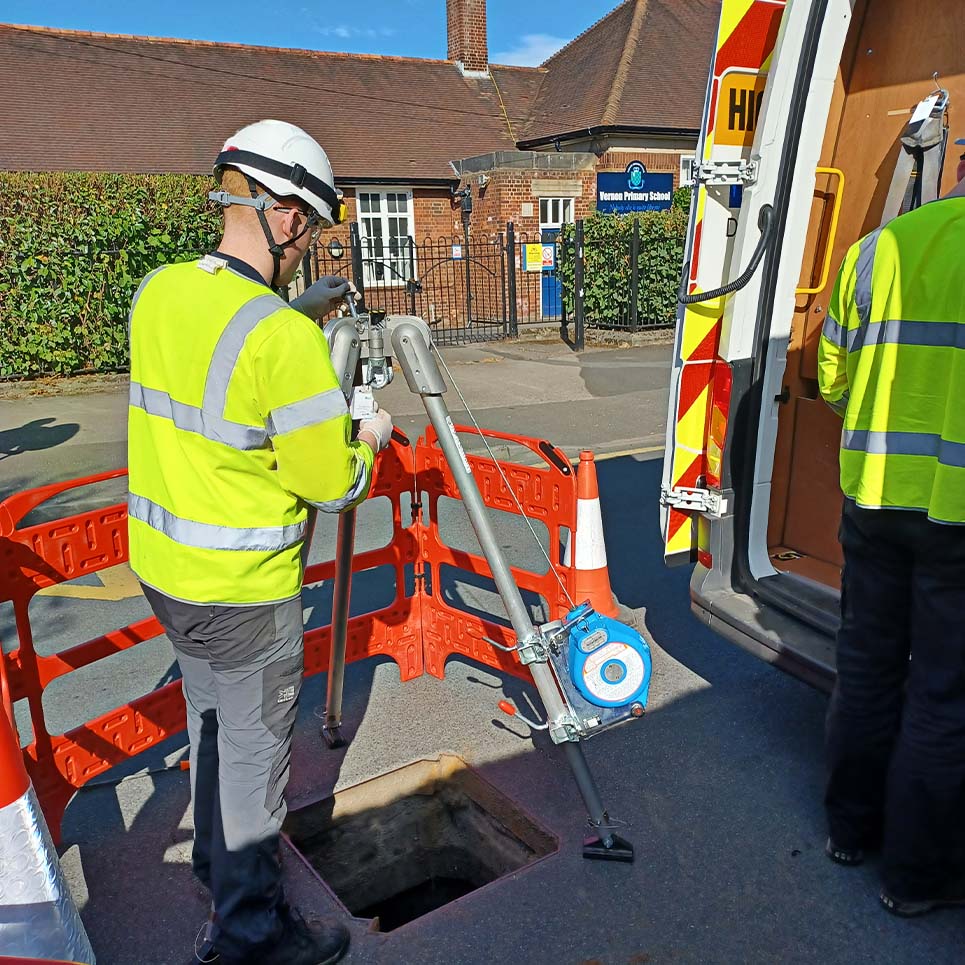We use cookies to analyse site traffic and improve your experience on our website. To read more see our cookie policy.


Dynamic Network Management (DNM) is an innovative programme of work that has been developed to help us become more proactive in managing our sewer network, by installing the latest technology across a large number of ‘hot spot’ areas in the North West.
A growing population, ageing infrastructure and more erratic weather conditions due to the effects of climate change all combine to create a challenge for our vast sewer network. There are certain places along the network where incidents such as blockages, flooding and pollution are more prone to occur, and many incidents are not traditionally detected until they are experienced first-hand by customers. Our goal was to create a smarter network – one that allows us to truly understand how our drainage systems perform.
To help reduce the risks of flooding and pollution, over 20,000 digital sensors are being installed in manholes across the expansive sewer network, and also at a large number of pumping stations. The sensors identify when the sewer network flow is not operating as usual for that particular part of the network, or if a pumping station is not working as it should. The sensors send an alert back to a central system, meaning we can respond in real time to any deviation in performance, identifying and resolving issues before they impact customers or the environment.
We’re harnessing data on a huge scale across our region, and combining that with the advancements in AI to really understand that complete system.
The artificial intelligence (AI) we use has a neural network that learns trends in the system, predicting future behaviour of the assets, as well as current activity. It identifies patterns in customer behaviour, for example, or in river levels as a response to rainfall, and allows us to predict where and when bigger problems might develop.
Network business manager, Sam Sloan, said: “The programme’s combination of artificial intelligence and machine-learning puts us in a leading position when it comes to Systems Thinking. We’re harnessing data on a huge scale across a large region, and combining that with the advancements in AI to really understand that complete system.”
We have already installed over 10,000 of the digital sensors, and the data produced by this system means we are finding and fixing issues within the sewer system before they cause an incident. As a result, our customers have seen a year-on-year reduction in internal flooding of a third in this last year with our performance significantly ahead of the original target we set ourselves.
Delivering value for: